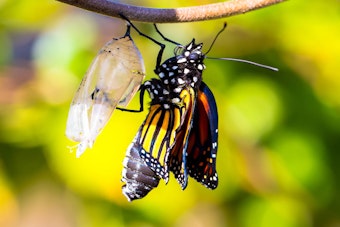 Be Inspired Blog - Arizona
Be Inspired Blog - Arizona
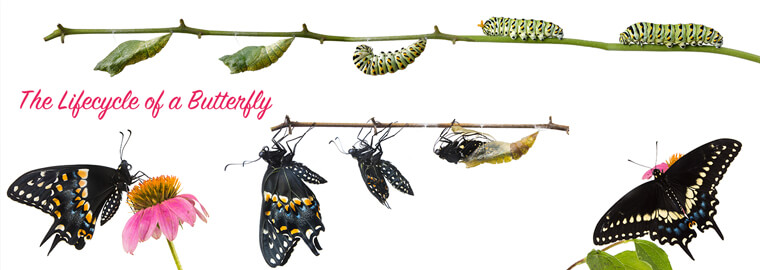
How to Build Your Garden to Support Butterflies
We often talk about the need for bees because of how crucial they are to our lives, especially how they pollinate our plants, but they aren’t the only little friend that can help your garden grow.
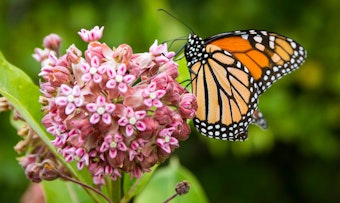 According to Pollinator, “Pollination occurs when pollen is moved within flowers or carried from flower to flower by pollinating animals such as birds, bees, bats, butterflies, moths, beetles, or other animals, or by the wind.”
According to Pollinator, “Pollination occurs when pollen is moved within flowers or carried from flower to flower by pollinating animals such as birds, bees, bats, butterflies, moths, beetles, or other animals, or by the wind.”
That same website notes pollination is important because:
- Worldwide, roughly 1,000 plants grown for food, beverages, fibers, spices and medicines need to be pollinated by animals in order to produce the goods on which we depend.
- Foods and beverages produced with the help of pollinators include apples, blueberries, chocolate, coffee, melons, peaches, potatoes, pumpkins, vanilla, almonds and tequila.
- In the United States, pollination by honey bees, native bees, and other insects produces $40 billion worth of products annually.
Today, we are going to discuss one of our favorite garden friends, butterflies, and what you can do to create a garden that incites butterflies to your yard.
What You Need to Know About Butterflies
The butterfly goes through quite the process to become the beautiful winged creature you see flitting around your garden. Here is a summary of their stages of life as described by The Butterfly Site:
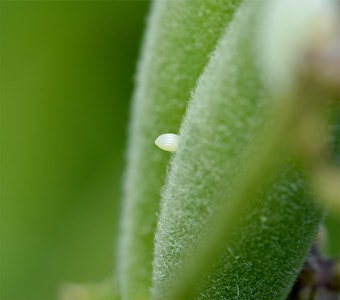 Stage 1: The Egg
Stage 1: The Egg
A butterfly begins its life as a very small, round, oval or cylindrical egg. One interesting aspect of a monarch butterfly egg is you can see the caterpillar forming inside of it.
The shape of the egg is unique to the type of butterfly that laid the egg: some are varying round shapes, while others are ribbed or display other types of features.
A butterfly will typically lay their eggs on the plant leaves (more on this in the next stage) in hidden, obscured places to provide protection from predators.
Stage 2: The Larva or Caterpillar
When the egg finally hatches a larva emerges, which is most commonly referred to as a caterpillar. This is not a very long stage, as caterpillars tend to mostly eat during this time.
When the egg hatches, the caterpillar will start to eat the leaf they were born onto.
Where a butterfly lays its eggs is important, because it needs to be the type of leaf a new caterpillar will want to eat; each caterpillar type prefers a certain leaf. As a caterpillar cannot travel, where they hatch is crucial to the rest of their life.
A caterpillar needs to eat right away so they can grow quickly. The Butterfly Site explains, “When a caterpillar is born, they are extremely small. When they start eating, they instantly start growing and expanding. Their exoskeleton (skin) does not stretch or grow, so they grow by ‘molting’ (shedding the outgrown skin) several times while it grows.”
Stage 3: Pupa (Chrysalis)
When a caterpillar has finished growing and reached its complete length and weight, it forms itself into pupa or chrysalis. Inside of the pupa or chrysalis, the caterpillar rapidly evolves into a butterfly; this process is called metamorphosis.
Stage 4: The Adult Butterfly
When the caterpillar is finished with the metamorphosis process inside the pupa it becomes a beautiful butterfly.
When the butterfly is ready to come out, “Both of the wings are going to be soft and folded against its body. This is because the butterfly had to fit all its new parts inside of the pupa.”
After the butterfly emerges, it needs to rest then blood will pump into the wings to get them working to fly; it typically takes three or four hours for a butterfly to master flying.
Creating Your Own Butterfly Garden
The wonderful thing about butterflies is that they are drawn to gardens no matter how big they are. If you are interested in building a butterfly garden, check out this blog post, 19 Plants that Attract Butterflies to learn what to plant for butterflies to lay eggs and flowers that attract adult butterflies.
Butterflies Common to Arizona
After working hard to build your own butterfly garden, what types of butterflies can you expect to see? Here is a list of Arizonan butterflies from The Butterfly Site:
Admirals and Relatives (Limenitidinae)
- 'Astyanax' Red-spotted Purple (Limenitis arthemis astyanax)
- Black-patched Cracker (Hamadryas atlantis)
- Blackened Bluewing (Myscelia cyananthe)
- Many-banded Daggerwing (Marpesia chiron)
- Red-spotted Purple (Limenitis arthemis)
- Ruddy Daggerwing (Marpesia petreus)
- Viceroy (Limenitis archippus)
- Weidemeyer's Admiral (Limenitis weidemeyerii)
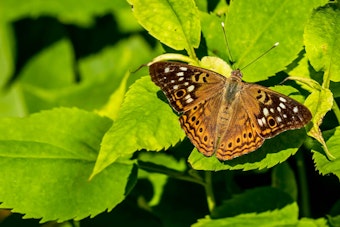 Emperors (Apaturinae)
Emperors (Apaturinae)
- Dusky Emperor (Asterocampa idyja)
- Empress Leilia (Asterocampa leilia)
- Hackberry Emperor (Asterocampa celtis)
- Silver Emperor (Doxocopa laure)
- Tawny Emperor (Asterocampa clyton)
Longwings (Heliconiinae)
- Aphrodite Fritillary (Speyeria aphrodite)
- Coronis Fritillary (Speyeria coronis)
- Gulf Fritillary (Agraulis vanillae)
- Isabella's Heliconian (Eueides isabella)
- Mexican Fritillary (Euptoieta hegesia)
- Mormon Fritillary (Speyeria mormonia)
- Nokomis Fritillary (Speyeria nokomis)
- Northwestern Fritillary (Speyeria hesperis)
- Variegated Fritillary (Euptoieta claudia)
- Zebra Heliconian (Heliconius charithonius)
Milkweed Butterflies (Danainae)
- Monarch (Danaus plexippus)
- Queen (Danaus gilippus)
- Soldier (Danaus eresimus)
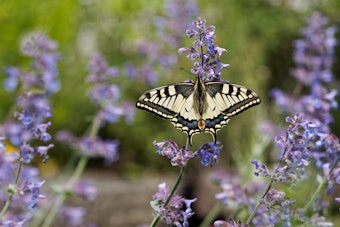 Attracting Butterflies to Your Garden
Attracting Butterflies to Your Garden
Butterflies floating around flowers are a beautiful sight to be treasured, plus they play an important role in pollination. By creating your own butterfly garden with our tips and plant suggestions, you can provide them with much-needed support.
If you have any questions about creating a butterfly garden ask one of our Trusted Garden Advisors at your local SummerWinds Nursery.

